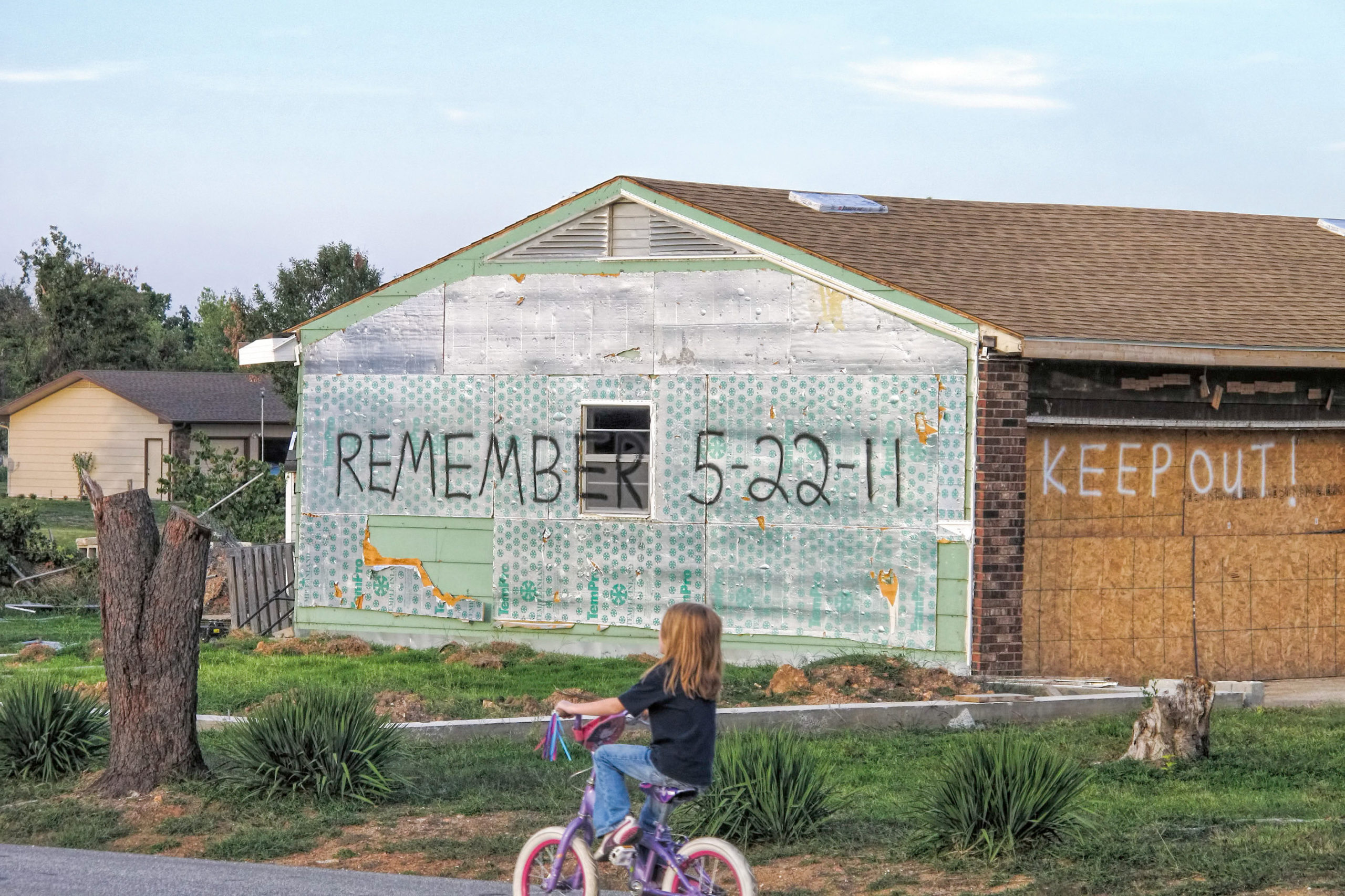
Long before hurricanes ravaged Caribbean islands or floodwaters swamped Midwest river towns, Minnesota-based Margaret A. Cargill Philanthropies was preparing for the worst.
Minnesota’s wealthiest philanthropy positions millions of dollars in accounts that nonprofits, including the American Red Cross and the Center for Disaster Philanthropy, can immediately tap when catastrophe strikes.
The Eden Prairie-based organization gave $47.4 million to disaster relief and recovery efforts last year — one of seven categories of giving totaling $263.8 million — the most of any philanthropy in Minnesota.
“Their approach is unprecedented. It’s quite unusual for a foundation to recognize there will be disasters occurring and to set aside money in advance of disaster,” said Bob Ottenhoff, president and CEO of the Center for Disaster Philanthropy.
A decade ago, the Margaret A. Cargill Foundation quietly opened its doors in Minnesota and immediately became the state’s wealthiest and perhaps most enigmatic philanthropy, with billions in assets, an invitation-only grant making style and a recently deceased benefactor who, in life, had chosen to give anonymously.
Foundation leaders carry on in the style of the granddaughter of company founder W.W. Cargill. “They do not seek public attention,” Ottenhoff said. “They are quiet, reserved but, behind the scenes, there is a lot going on.”
Today the once-fledging foundation — one of two foundations fueled by Margaret Cargill’s generosity now organized under the MACP umbrella — has 93 employees including newly named CEO Paul Busch and a much clearer sense of identity. MACP, which has $6.7 billion in assets, awarded 375 grants last year, marking its third year of grant making at full capacity.
A decade of intense research and deepening partnerships with nonprofits guide its grant making in seven domains addressing Margaret Cargill’s passions and priorities: environment; disaster relief and recovery; art and cultures; teachers; quality of life; animal welfare; and legacy and opportunity.
Funded projects range from helping communities ravaged by flooding here in the Midwest and in the Philippines. MACP, partnering with the Nature Conservancy and World Wildlife Fund, supports conservation and restoration of the Great Plains in the United States and Canada and of tropical forests in Asia and South America.
Their grant making in the quality-of-life domain — its newest initiative — stretches from students to senior citizens.
MACP gave grants to 500 YMCAs for swimming lessons for 50,000 children. Support of the University of North Dakota’s Center for Rural Health helped fund programs that allow elders with the Spirit Lake Nation to age in place.
A critical mission of the foundation is to develop long-term relationships with nonprofit partners and evaluating impact, Busch said. MACP staff includes a team of evaluators.
“Evaluation and learning is integrated into the grant making process, making sure we are having an impact,” Busch said. “It’s important to spend the time to examine the impact your dollars are having.”
Serving the underserved
Busch, who was promoted from president to president and CEO this year, said per Margaret Cargill’s requests, two overarching principles inspire all their grant making: have a global reach but work at a community level and address underserved communities and issues that often slip through the cracks, even in the world of philanthropy.
“Margaret directed us to find those low-attentions areas,” Busch said.
One example of serving the underserved is the Midwest Early Recovery Fund created in partnership with the Center for Disaster Philanthropy. In addition to supporting national disaster relief work, they fund disaster assistance in 10 Midwest states including Minnesota and the Dakotas where floods and twisters cause immense damage but quickly fall out of the national headlines and often don’t even get a state or federal disaster declaration.
Read the full article http://www.startribune.com/margaret-a-cargill-philanthropies-leads-in-disaster-work/450929883/

